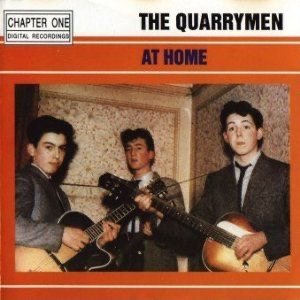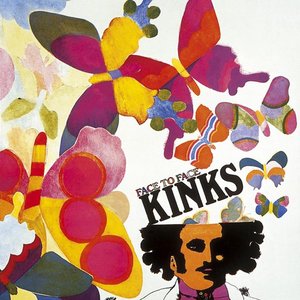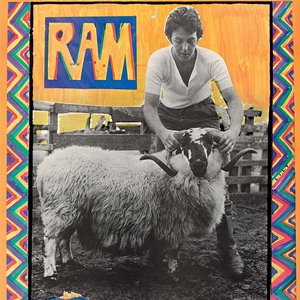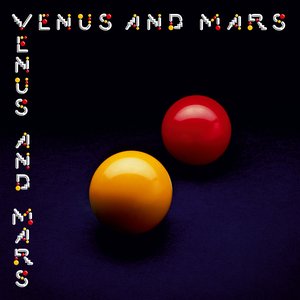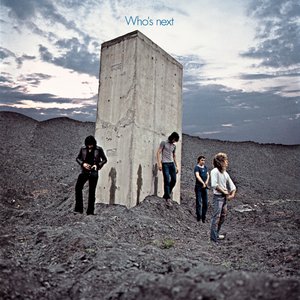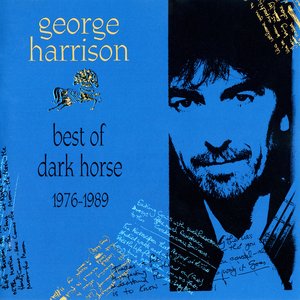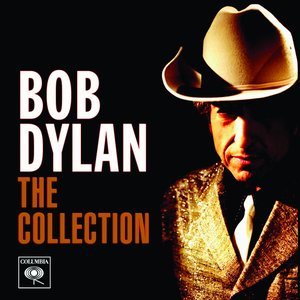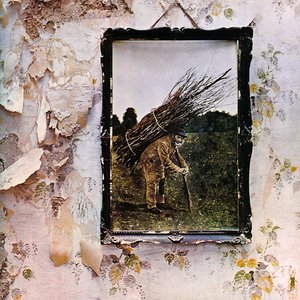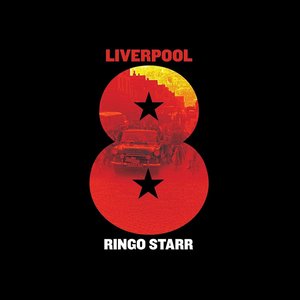Wiki
-
Release Date
24 May 1967
-
Length
13 tracks
Sgt. Pepper's Lonely Hearts Club Band is the eighth album by British rock band The Beatles. It was recorded with breaks from the end of 1966 to the middle of 1967 and published on June 14, 1967. The producer was George Martin, and the studio engineer was Geoff Emerick. Most critics agree with the choice of "Rolling Stone" magazine, according to which this is the greatest rock album of all time. This album also has the most famous cover in rock history.
Released on 26 May 1967, it spent 27 weeks at number one on the Record Retailer chart in the United Kingdom and 15 weeks at number one on the Billboard Top LPs chart in the United States. It was lauded by critics for its innovations in songwriting, production, and graphic design, for bridging a cultural divide between popular music and high art, and for reflecting the interests of contemporary youth and the counterculture. Its release was a defining moment in 1960s pop culture, heralding the Summer of Love, while the album's reception achieved full cultural legitimization for pop music and recognition for the medium as a genuine art form.
At the end of August 1966, the Beatles permanently retired from touring and pursued individual interests for the next three months. During a return flight to London in November, Paul McCartney had an idea for a song involving an Edwardian military band that formed the impetus of the Sgt. Pepper concept. Sessions began on 24 November at EMI Studios with compositions inspired by the Beatles' youth, but after pressure from EMI, the songs "Strawberry Fields Forever" and "Penny Lane" were released as a double A-side single in February 1967 and left off the LP.
The album was loosely conceptualized as a performance by the fictional Sgt. Pepper band, an idea that was conceived after recording the title track. A key work of British psychedelia, it incorporates a range of stylistic influences, including vaudeville, circus, music hall, avant-garde, and Western and Indian classical music. The band continued the technological experimentation marked by their previous album, Revolver, this time without an absolute deadline for completion. With producer George Martin and engineer Geoff Emerick, the group colored much of the recordings with sound effects and tape manipulation, as exemplified on "Lucy in the Sky with Diamonds," "Being for the Benefit of Mr. Kite!" and "A Day in the Life." The recording was completed on 21 April. The pop artists Peter Blake and Jann Haworth designed the cover, which depicts the Beatles posing in front of a tableau of celebrities and historical figures.
Musicologists regard Sgt. Pepper was an early concept album that advanced the roles of sound composition, extended form, psychedelic imagery, record sleeves, and the producer in popular music. The album had an immediate cross-generational impact and was associated with numerous touchstones of the era's youth culture, such as fashion, drugs, mysticism, and a sense of optimism and empowerment. It is considered one of the first art rock LPs, a progenitor to progressive rock, and the start of the album era. In 1968, it won four Grammy Awards, including Album of the Year, the first rock LP to receive this honor; in 2003, the Library of Congress inducted it into the National Recording Registry. It has topped several critics' and listeners' polls for the best album of all time, including those published by Rolling Stone magazine and in the book All-Time Top 1000 Albums, and the UK's "Music of the Millennium" poll. It remains one of the best-selling albums of all time and the UK's best-selling studio album, with more than 32 million copies sold worldwide as of 2011.
The beginning of the psychedelic era:
After giving up the rock tour in August 1966, the Beatles' popularity began to decline sharply, and the media began to speculate that the band had "dried up" under the onslaught of a new generation of rock artists, primarily genre-oriented psychedelic rock. A type of rock and roll that is produced under the influence of hallucinogenic drugs, primarily LSD.
The Beatles have used these drugs before, but their impact on their music has not been overly pronounced (except for a few songs from the Revolver album, including the group's first psychedelic song, Tomorrow Never Knows). In February 1967, at the urging of manager Brian Epstein, the Beatles released the single Strawberry Fields Forever / Penny Lane, with songs originally planned for their next LP album. The single took second place on the charts and after several years; it was characterized as a failure. However, after this, the group did not leave the studio for several months.
Study work:
With the permission of producer George Martin to use certain amounts of drugs in the studio, the Beatles were led by Paul McCartney for the first time, because the former frontman, John Lennon, was depressed due to family problems. McCartney was the author of most of the songs on the album (including the title songs), however, Lennon also significantly contributed to this project with songs such as Being for Benefits of Mr. Kite and A Day in the Life, part of which was recorded by McCartney for his own song, but Martin added it to Lennon. All the songs of these two were later, by an earlier agreement, marked traditionally - Lennon / McCartney, but each author is the lead vocalist in his song, except in the case of the song "With a Little Help of My Friends," sung by the drummer, Ringo Starr. As for the studio technique, the previous 4-channel recording machine, ADT (Auto Double-Tracking) machine for doubling one's voice was used. In the coming period, this machine will be more and more popular, as the individuality of the members grows in the group, who will want to record most or even their entire songs on their own.
Cover:
According to various sources, the cover was also McCartney's idea. The Beatles, in guard uniforms, with wind instruments, for the first time with a mustache and beard, are an integral part of all versions of this album. However, in the American edition, that is where it all ends, because there is only a yellow wall behind the group. In the British (European) edition, behind The Beatles there is a bunch of people, important in the then and past time - among them are Albert Einstein, Karl Marx, Marilyn Monroe, … However, The Beatles themselves with the look of before this album. Also, below the members of the group is a floral decor with the inscription "The Beatles". An album like this was a lure for many conspiracy theorists, so this is also one of the most mysterious covers of all time.
The final concept:
The whole album is connected by one theme, which was a kind of precedent and thus The Beatles became the creators of the so-called Concept album. The protagonist of the story in question is a certain Billy Shears (when, thanks to the fact that he lent his voice in the song "With a Little Help of My Friends," interpreted by Ringo Starr), who modestly announces a performance after the pompous performance of the Sergeant Pepper Club more "lonely hearts," claiming that "a little help from a friend" is enough for him after a hard day. Then, in the following songs, the Beatles comment on various existential problems - from a normal working day ("Good Morning, Good Morning"), old age ("When I'm 64") to death itself and the problems around it ("Lucy in the Sky With Diamonds"). The album closes with a slightly modified ("reprise") version of the first song, which builds on the last song – "A Day in the Life" – which features multiple crescendos. The whole album is accompanied by studio applause from the audience and applause.
Album descriptions on Last.fm are editable by everyone. Feel free to contribute!
All user-contributed text on this page is available under the Creative Commons Attribution-ShareAlike License; additional terms may apply.


